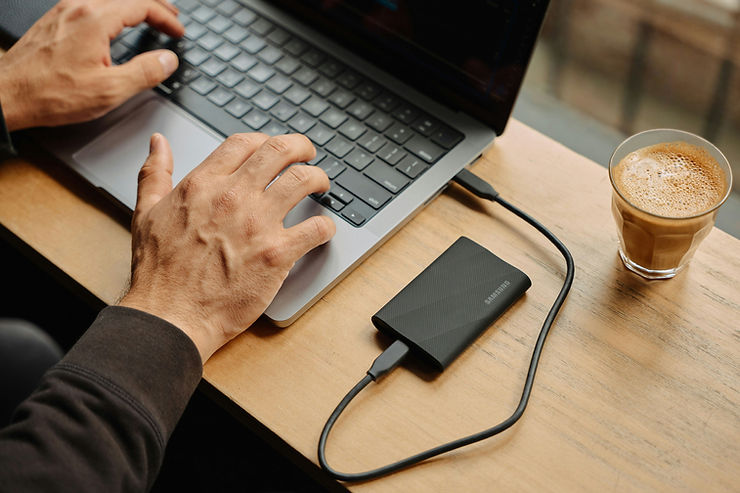How Much Device Storage You Need: A Comprehensive Guide
- Dakota Ross
- Mar 25
- 3 min read

The storage capacity of your device determines how many apps, photos, and files you can keep. Running out of storage can hinder productivity and affect device performance. However, choosing the right amount of storage isn't always straightforward.
We might underestimate our needs or choose too much storage. This guide will help you determine the storage capacity you actually require.
What is device storage?
Device storage refers to the space available on your phone, tablet, or computer. This storage holds all your data, including apps, photos, videos, and documents. Once your storage is full, saving new videos and documents becomes impossible. You might then need to purchase additional storage or a new device.
There are two main types of storage:
Internal Storage: Built into the device, it cannot be removed and is typically faster than external storage.
External Storage: Includes SD cards and USB drives, which can be added or removed. They provide extra space but may be slower.
Different devices offer various storage options. Let's explore some common ones:
Smartphones: Most start at 64GB, with high-end models reaching up to 1TB. iPhones lack SD card slots, while many Android phones include them.
Tablets: Typically range from 32GB to 256GB, with some offering memory card slots for additional space.
Laptops: Usually come with 128GB to 1TB of storage, which can often be upgraded later.
Desktops: Often have large storage capacities, commonly ranging from 1TB to 4TB, with the option to add more if needed.
How Much Storage Do You Really Need?
Determining the appropriate amount of storage can be challenging.how much storage you really need Many people either overestimate or underestimate their needs. Your storage requirements depend on your device usage. Let's consider some typical user profiles:
Basic Users
If your activities mainly involve web browsing and using simple apps, 64GB may suffice. This is adequate for:
Email
Social media
Light photo taking
Average Users
For those who take numerous photos and use many apps, 128GB to 256GB is ideal. This covers:
Many apps
Photo libraries
Some video storage
Power Users
Video editing
Large game libraries
Huge photo collections
Professional Users
Some professions require even more space. 1TB or more is typical for:
4K video production
Large datasets
Professional photo editing
How Can You Manage Device Storage Better?
Optimize your storage to prevent running out of space. Here are some tips:
Use cloud storage: Services like Google Drive or iCloud can store your files online, saving device space.65.2% of people use cloud storage as their primary storage.
Delete unused apps: Remove apps you no longer use, as they occupy space and may slow down your device.
Clear cache regularly: Many apps store temporary files. Clearing these can free up space.
Use streaming services: Stream music and videos instead of downloading them to save space.
What Takes Up More Storage?
Some items consume more storage than others. These are the biggest storage users:
Videos: Videos require a lot of space. A 1-hour 4K video can use 7GB or more.
Photos: Photos occupy less space than videos but can accumulate quickly. 1000 high-quality photos may take up 5GB.
Games: Modern games are large, with some exceeding 100GB each.
Apps: Most apps are small, but some, like editing tools, can be quite large.
What to Do If You Run Out of Storage?
When you run out of space, you can expand your storage by using SD cards or an external drive. This is a great alternative to purchasing a new device. If possible, opt for a device with higher storage. An upgrade will provide more internal space.
You can also transfer more files to the cloud using solutions like Google Drive and Dropbox, freeing up space on your device.
How to Choose the Right Storage for Your Next Device
When purchasing a new device, consider how many photos and videos you capture, how many apps or games you download, and if you work with large files. Select a device with sufficient storage for your needs. It's better to have more than you need than too little.
Now you have a deeper understanding of device storage, allowing you to make a more informed decision for your next device. Your needs may evolve over time, so it's usually wise to opt for more storage than you initially think necessary.
Still have questions about device storage? Contact us for personalized advice. We're here to help you find the right device with the perfect amount of storage.
Article used with permission from The Technology Press.
